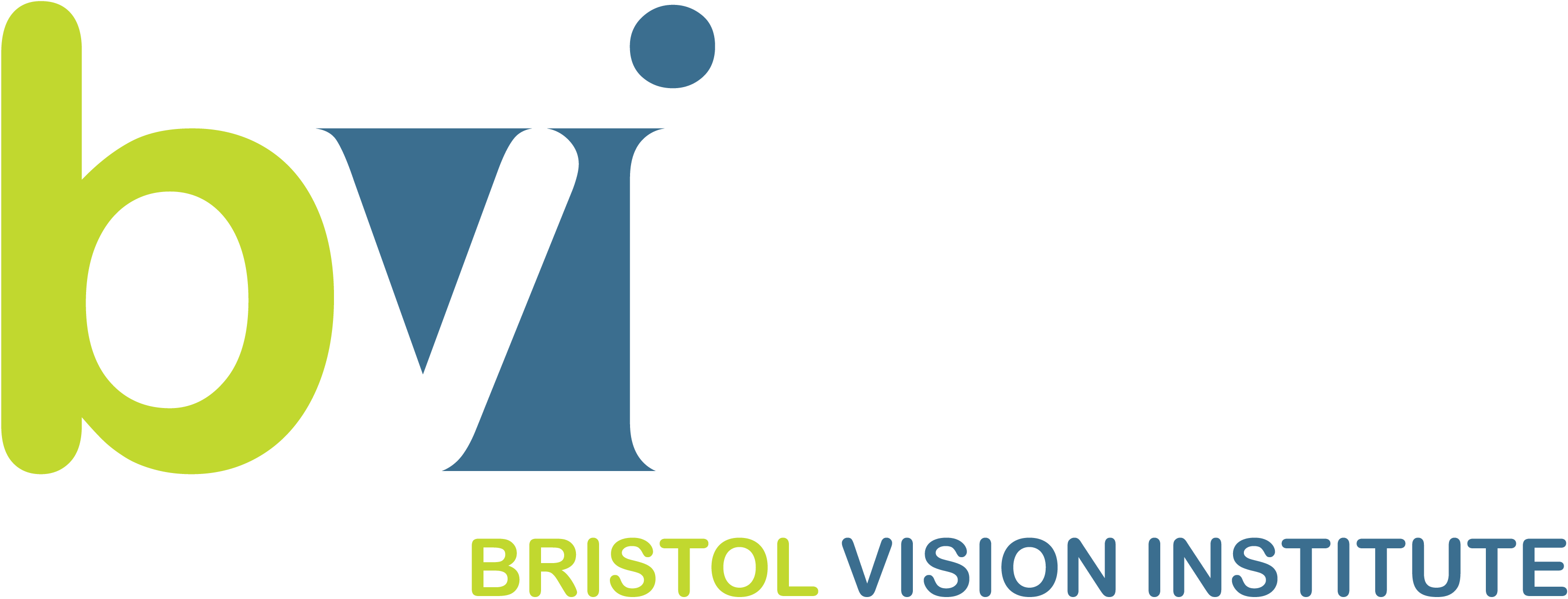Rate Quality Optimisation: Lagrangian Optimisation
University of Bristol
About
In current standardized hybrid video encoders, the Lagrange multiplier determination model is a key component in rate-distortion optimization. This originated some 20 years ago based on an entropy-constrained high-rate approximation and experimental results obtained using an H.263 reference encoder on limited test material. In this work, we conducted a comprehensive analysis of the results of a Lagrange multiplier selection experiment conducted on various video content using H.264/AVC and HEVC reference encoders. These results show that the original Lagrange multiplier selection methods, employed in both video encoders, are able to achieve optimum rate-distortion performance for I and P frames, but fail to perform well for B frames. The relationship is identified between the optimum Lagrange multipliers for B frames and distortion information obtained from the experimental results, leading to a novel Lagrange multiplier determination approach. The proposed method adaptively predicts the optimum Lagrange multiplier for B frames based on the distortion statistics of recent reconstructed frames.
Performance
After integration into both H.264/AVC and HEVC reference encoders, this approach was evaluated on 36 test sequences with various resolutions and differing content types. The results show consistent bitrate savings for various hierarchical B frame configurations with minimal additional complexity. BD savings average approximately 3% when constant QP values are used for all frames, and 0.5% when non-zero QP offset values are employed for different B frame hierarchical levels.Citation
@article{zhang2018rate,
title={Rate-distortion optimization using adaptive Lagrange multipliers},
author={Zhang, Fan and Bull, David R},
journal={IEEE Transactions on Circuits and Systems for Video Technology},
volume={29},
number={10},
pages={3121--3131},
year={2018},
publisher={IEEE}
}[paper]

